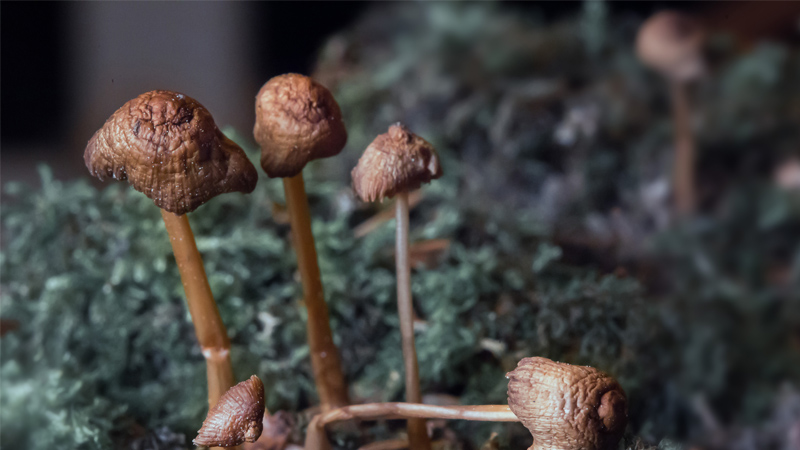Starter Resources
:max_bytes(150000):strip_icc()/types-of-psychedelic-drug-22073-text-Final-dc592c2e713a4467939c899b5c786ce5.png)
Summary
The article discusses the history and types of psychedelic drugs, along with their therapeutic potential and risks. Psychedelics have been used in various cultures for centuries and have recently re-emerged in psychology and psychiatry as potential treatments for anxiety, depression, and PTSD. However, research is still in its early stages, and these substances are not widely available for therapeutic use. Some commonly used psychedelics include LSD, DMT, mescaline, ololiuqui, and psilocybin. The effects of these drugs vary depending on factors like dosage, environment, and personality. While psychedelics are not considered addictive, they can lead to tolerance and withdrawal effects. It's essential to consult a doctor for alternative mental health treatments like therapy, medication, and meditation.

Summary
The article discusses the three main categories of psychedelics: classical psychedelics, empathogens, and dissociatives. Classical psychedelics are known as serotonergic substances and include mescaline, DMT, psilocybin mushrooms, and LSD. They generate changes in perception, mood, and the way we process information. Empathogens are characterized by emotional and social effects and include MDMA, MDA, MDEA, and mephedrone. Dissociatives, which cause a profound disconnect from the world around us, include ketamine, PCP, nitrous oxide, and Salvia divinorum. The article also provides a breakdown of the most well-known drugs in each category, their effects, and precautions to take. The article also discusses the debate on whether cannabis can be classified as a psychedelic.

PSILOCYBIN
Article

Summary
Researchers at Johns Hopkins University have used functional magnetic resonance imaging (fMRI) to investigate how psilocybin, the active ingredient in magic mushrooms, affects the brain. They discovered that psilocybin reduces neural activity in the claustrum region of the brain, which is believed to be responsible for setting attention and switching tasks. This ties in with the typical effects of psychedelic drugs, such as feelings of connectedness and reduced senses of self. The researchers hope that understanding the mechanisms behind how psilocybin works in the brain will help tailor therapies to better treat psychiatric disorders.



